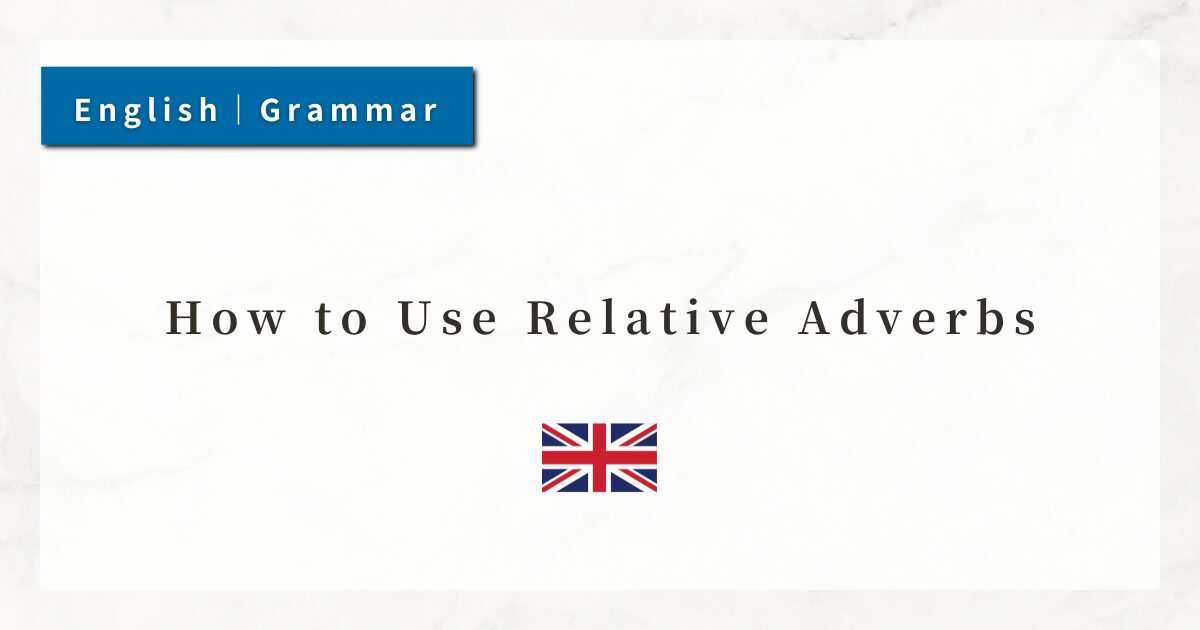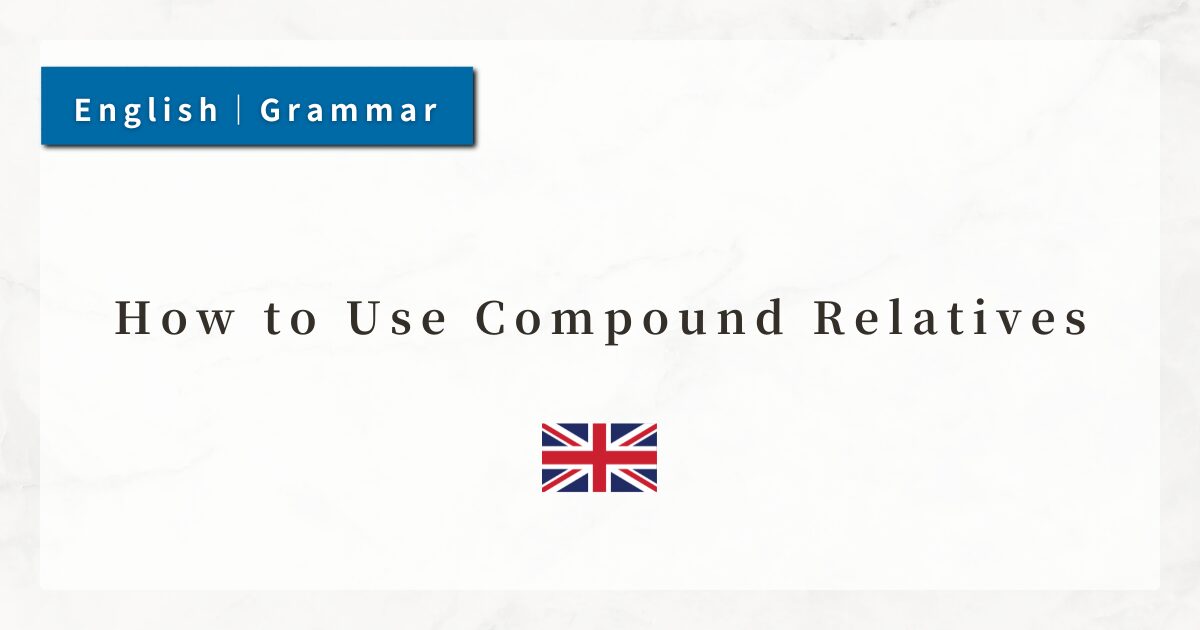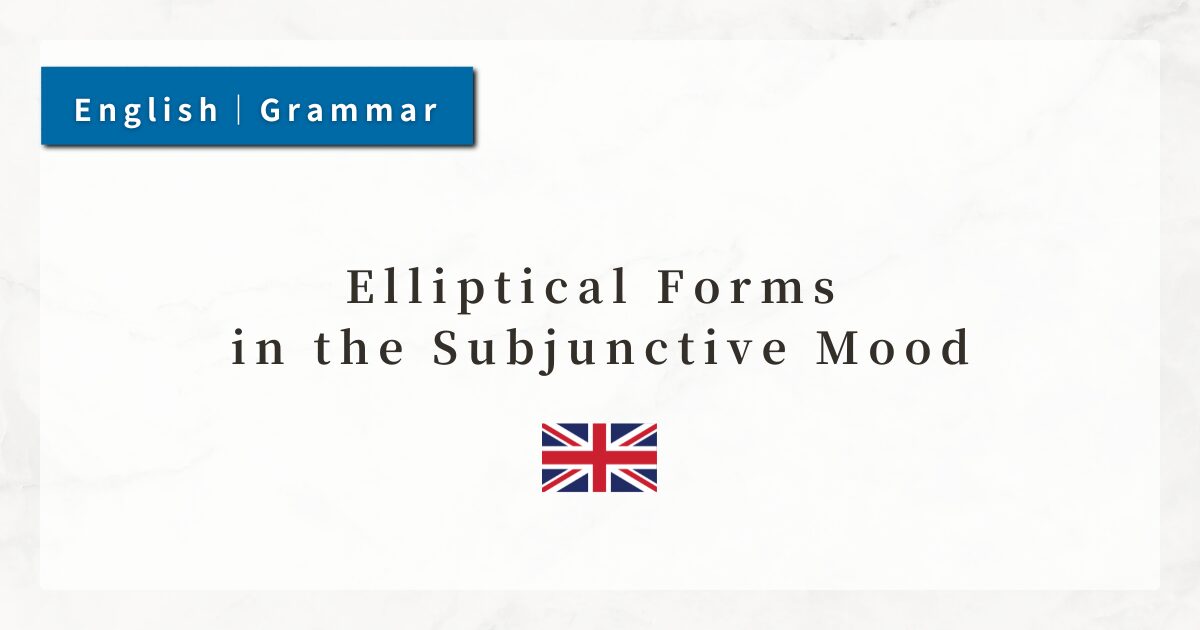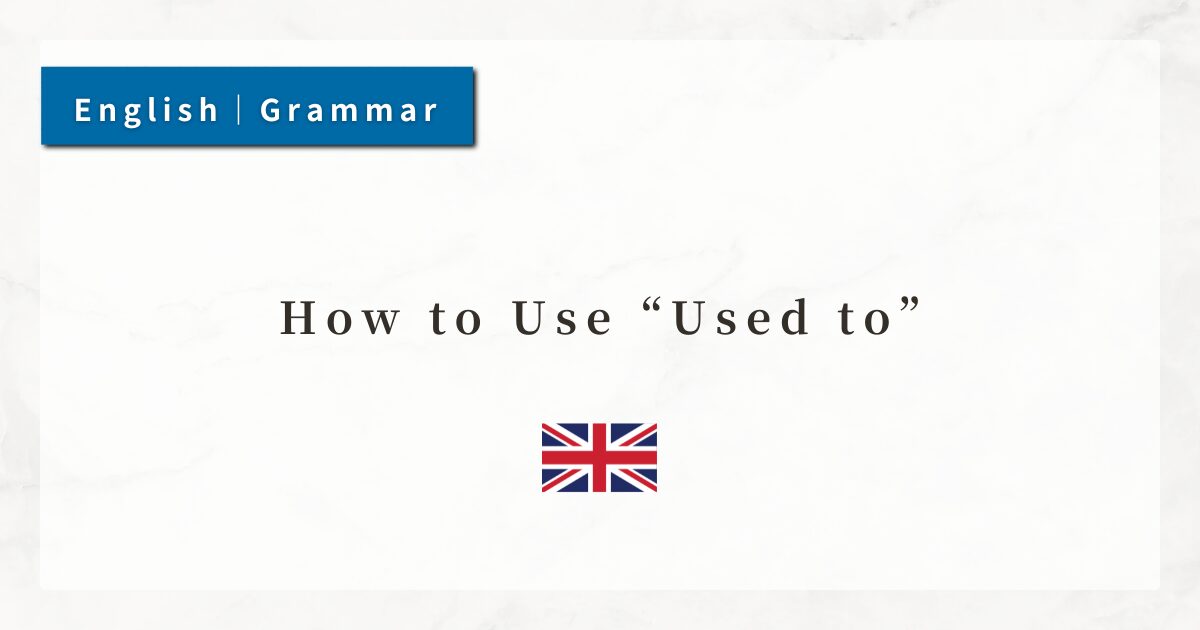#15 Expressions of Date, Day, and Season in English|How to Use in, on, at with Example Sentences
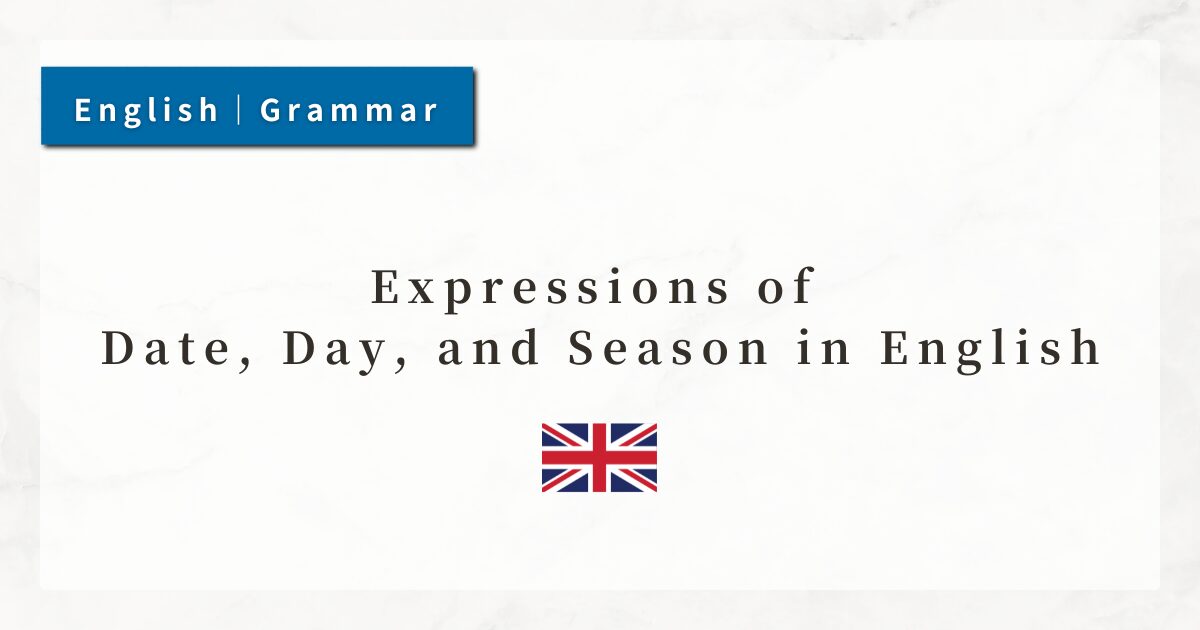
When talking about plans, schedules, or events, expressions such as “at 5 o’clock,” “on Monday,” or “in July” are indispensable. In English, it is necessary to distinguish among the prepositions at, on, and in.
In this lesson, I will explain the rules for using these prepositions in relation to time expressions—dates, days, and seasons—together with example sentences.
1. Basic Rules of Time Expressions
For time expressions, the three prepositions at, on, and in occur frequently. Which one to choose is a crucial point that determines meaning.
1-1. How to Choose the Preposition: Based on the “Size of Time”
The choice of preposition depends on the “size” of the time span in which an event occurs.
| Preposition | Target Time | “Size” of Time | Examples |
|---|---|---|---|
| at | Specific times or moments | Small / a point in time | at 6:30, at noon, at night |
| on | Dates, days of the week, specific days | Medium / one-day unit | on Monday, on July 1st |
| in | Months, years, seasons, times of day | Large / periods or spans | in April, in 2025, in summer |
To summarize:
- at : for smaller, specific points in time.
- on : for single-day events.
- in : for larger spans such as months, years, and seasons.
2. Key Points of Each Preposition
2-1. at : For Specific Times or Moments
At is used for pinpoint times or specific moments.
- at 7 o’clock
- at noon
- at midnight
- at the moment
Any expression that refers to a specific point within a day generally takes “at ”. For example:
- at lunch
- at sunrise
2-2. on : For Days, Dates, and Single-Day Events
On is used for events that occur on a one-day basis.
- on Monday
- on Christmas Day
- on July 4th
Expressions that combine month and date (e.g., on July 1st) also take on, since they refer to one specific day.
2-3. in : For Periods of Time
“In ” is used for months, years, seasons, and times of day.
- in April
- in 2024
- in spring
- in the morning / afternoon / evening
The basic form is “in + time span”. It conveys the sense of being “within” a period of time.
Exception: Only “night” uses “at night ”instead of “in the night.”
3. Summary
- at is used for specific times or moments (e.g., at 5:00, at midnight).
- on is used for days, dates, or single-day events (e.g., on Monday, on July 1st).
- in is used for larger periods such as months, years, seasons, and times of day (e.g., in July, in spring, in the morning).
- The choice of preposition depends on the “size of time.”
- Pay attention to exceptions such as “at night.”

